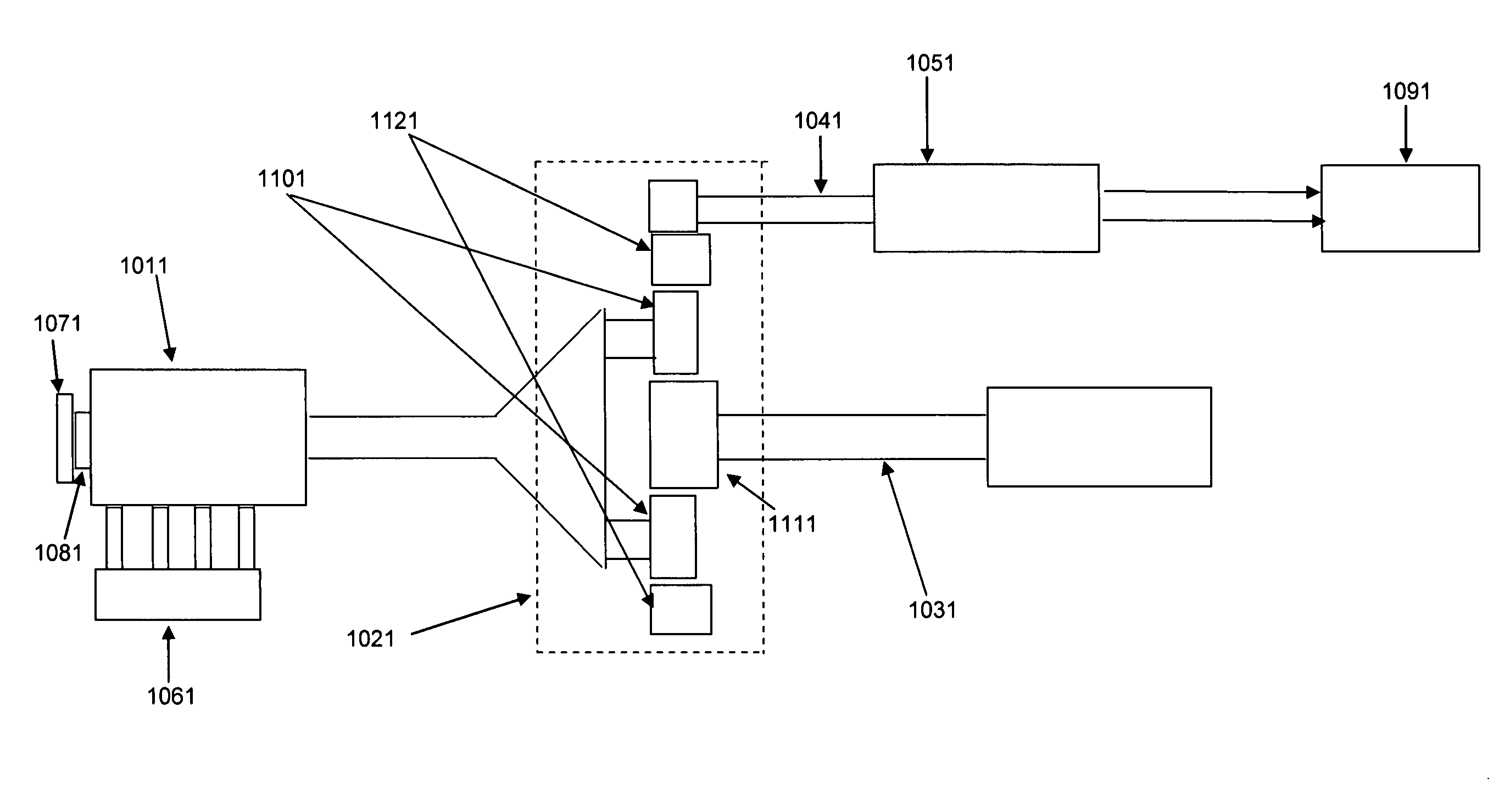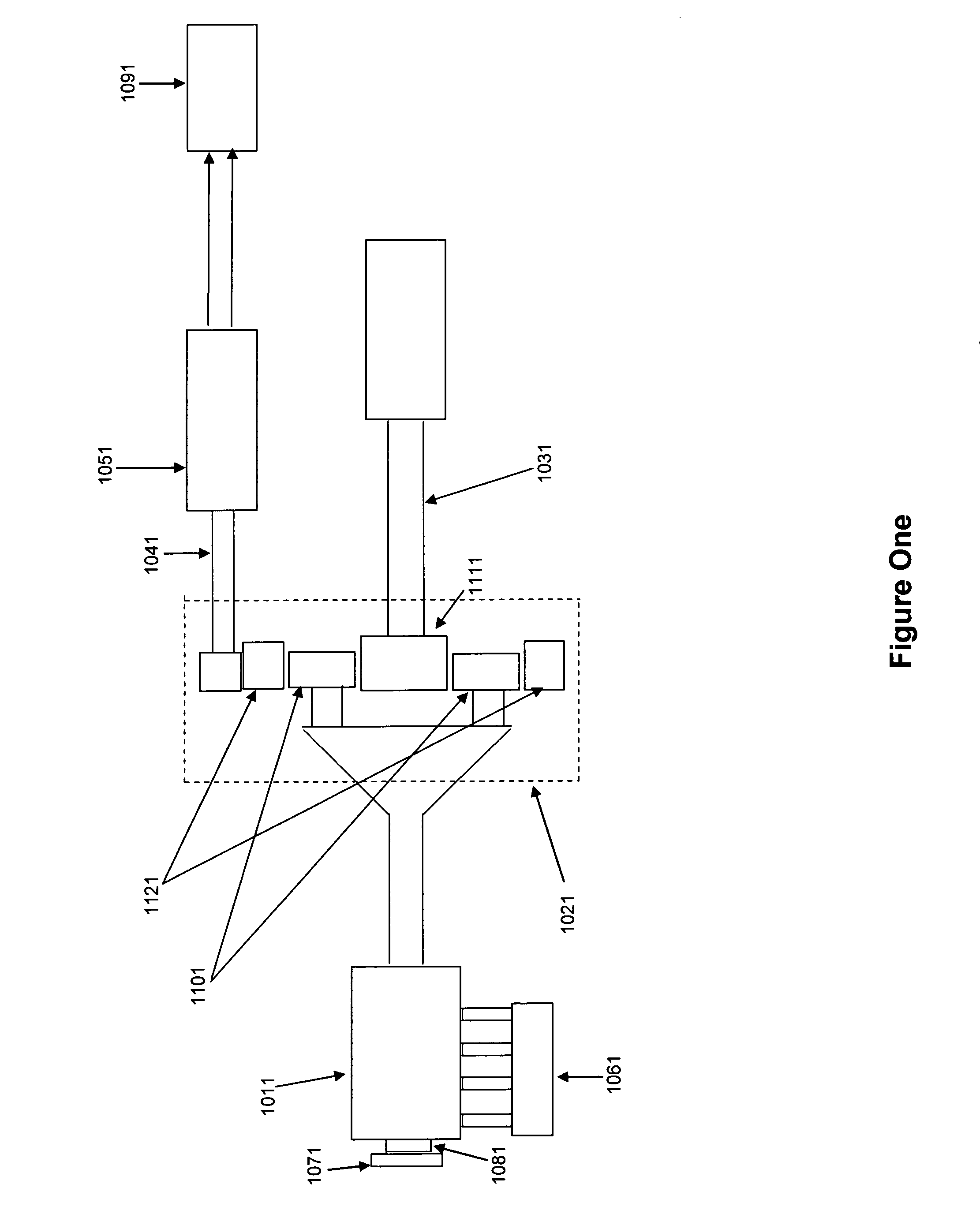Regulating the work output speed of an infinitely variable transmission using the rotational resistance created by a high-voltage alternator/generator mechanically connected to a secondary output shaft or gear from the IVT to restrain its rotation
- Summary
- Abstract
- Description
- Claims
- Application Information
AI Technical Summary
Benefits of technology
Problems solved by technology
Method used
Image
Examples
Embodiment Construction
[0026]In an all-gear IVT, there will be a shaft or gear which could be used as a secondary output. If this shaft or gear is not restrained when energy from the primary energy source is directed to the IVT, it will simply spin freely when there is a work load applied against the primary work output shaft. This has been the main problem in using an IVT because so much of the input energy is wasted due to inefficient restraints applied to the secondary output shaft or gear. This present invention will mechanically attach a high-voltage alternator / generator to this secondary output shaft or gear. Applying an electrical load to the high-voltage alternator / generator will create the restraining force needed to control the rotation of the secondary output shaft or gear and thus cause the primary work output shaft to rotate at a controlled rate of speed. Therefore, regulating the electrical load against the high-voltage alternator / generator will result in regulating the output speed of the p...
PUM
 Login to View More
Login to View More Abstract
Description
Claims
Application Information
 Login to View More
Login to View More - R&D
- Intellectual Property
- Life Sciences
- Materials
- Tech Scout
- Unparalleled Data Quality
- Higher Quality Content
- 60% Fewer Hallucinations
Browse by: Latest US Patents, China's latest patents, Technical Efficacy Thesaurus, Application Domain, Technology Topic, Popular Technical Reports.
© 2025 PatSnap. All rights reserved.Legal|Privacy policy|Modern Slavery Act Transparency Statement|Sitemap|About US| Contact US: help@patsnap.com


